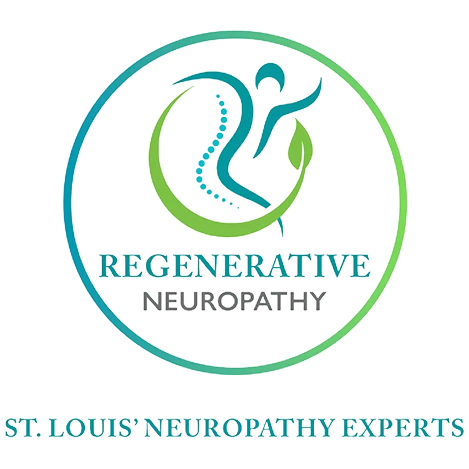Peripheral neuropathy, a condition characterized by damage to the nerves outside the brain and spinal cord, affects millions of people worldwide. It can lead to symptoms such as numbness, tingling, and chronic pain, making it difficult for individuals to carry out daily activities. Traditionally, neuropathy has been managed with pain-relieving medications, physical therapy, and lifestyle adjustments, but these options often provide only temporary relief. Recently, however, emerging regenerative therapies are offering new hope for long-term symptom relief and nerve repair. Many of these therapies are non-invasive, making them accessible and appealing to those seeking alternatives to surgery or medications.
Platelet-Rich Plasma (PRP) Therapy
Platelet-rich plasma (PRP) therapy has gained popularity in recent years for its potential to promote healing in various conditions, including neuropathy. PRP involves drawing a small amount of the patient’s blood, processing it to concentrate the platelets, and injecting it into areas with nerve damage. Platelets contain growth factors that can stimulate cell repair and regeneration, potentially aiding in the repair of damaged nerves.
For neuropathy patients, PRP therapy may help reduce inflammation around nerves and stimulate tissue healing. While PRP is still being studied specifically for neuropathy, early results are promising, and the non-invasive nature of PRP makes it an appealing option for individuals seeking alternative therapies.
Extracorporeal Shockwave Therapy (ESWT)
Extracorporeal shockwave therapy (ESWT) is a non-invasive treatment that uses acoustic waves to stimulate tissue regeneration and reduce pain. It has been widely used in treating musculoskeletal issues and is now being explored as a treatment for neuropathy. The shockwaves are thought to stimulate blood flow, reduce inflammation, and encourage cellular regeneration, which can potentially help with nerve repair.
Several studies suggest that ESWT can alleviate pain and improve nerve function in people with neuropathy, particularly in conditions like diabetic neuropathy. Since ESWT does not require surgery or medications, it is considered safe with minimal side effects, making it a promising option for patients seeking non-invasive treatments.
Low-Level Laser Therapy (LLLT)
Low-level laser therapy (LLLT), or cold laser therapy, is a technique that uses low-intensity lasers to stimulate cell function and promote healing. In neuropathy treatment, LLLT is believed to enhance blood circulation and reduce inflammation in the affected area, which may help relieve pain and improve nerve function.
Studies have shown that LLLT can help reduce pain and improve quality of life in neuropathy patients, with effects that can last longer than those of traditional pain management therapies. LLLT is painless and typically well-tolerated, making it a popular non-invasive option for individuals with neuropathy.
Pulsed Electromagnetic Field (PEMF) Therapy
Pulsed electromagnetic field (PEMF) therapy is another emerging non-invasive treatment for neuropathy. PEMF therapy uses electromagnetic fields to stimulate cell repair and reduce inflammation. By delivering energy to damaged nerves, PEMF therapy may help improve nerve function and reduce neuropathic pain.
Studies on PEMF therapy for neuropathy are ongoing, but preliminary research shows promising results in pain reduction and nerve function improvement. The non-invasive nature of PEMF therapy allows patients to undergo treatment with minimal discomfort, and it is generally considered safe with few side effects.
Conclusion
Emerging regenerative therapies such as PRP, ESWT, LLLT, and PEMF offer promising non-invasive options for neuropathy patients seeking alternatives to conventional treatments. While more research is needed to fully understand their long-term effectiveness, these therapies hold potential for pain relief, nerve repair, and improved quality of life. Non-invasive regenerative therapies are increasingly accessible and may pave the way for more effective, less intrusive neuropathy treatment options in the future.
